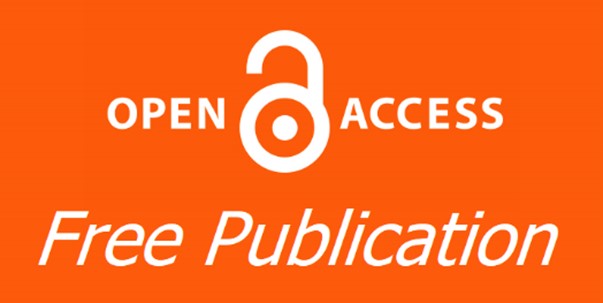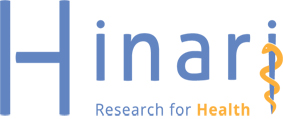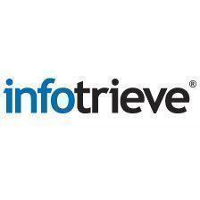Article Type
Article
Abstract
Background: Medialization of middle turbinate (MT) is important step in endoscopic sinus surgery (ESS). Several techniques of MT medialization have been described. The basal lamella relaxing incision (BLRI) is a novel technique of MT medialization aiming to maximize the distance between the middle turbinate and lateral nasal wall. So far, however, there has been little discussion about post-operative evaluation of this novel technique.
Patients and Methods: A prospective study was conducted involving thirty Patients with sinus pathology undergoing minimal ESS operation. Patients were divided into two groups. In group A fifteen patients underwent standard medialization of the middle turbinate while in group B fifteen patients were subjected to BLRI of the middle turbinate. Parameters used for evaluation were taken one month post-operatively.
Results: Concerning the two procedures, post-operative crustation has a statistical significance difference which is less in group B than group A with a P value 0.03. Also the total nasal score has a high statistical significance difference which is less in group B than group A with a P value <0.001. However, postoperative edema, mucopus, scaring, polyps and sinus ostium visualization were statistically insignificant with P values 0.06, 0.07, 0.17, 0.27 and 0.46 respectively.
Conclusion: BLRI and standard MT medialization show no significant difference regarding postoperative mucosal edema, mucopus, polyps, scaring and ability to visualize the sinus ostium. However, better results are noted with BLRI regarding postoperative crustations and total nasal score.
Keywords: Endoscopic sinus surgery; Middle turbinate medialization; basal lamella relaxing incision; lateralized middle turbinate.
Recommended Citation
Zeid NG, Wahba BM, Elfouly MS,
et al.
Post-operative Evaluation of Middle Turbinate Medialization versus Basal Lamella Relaxing Incision in Endoscopic Sinus Surgery.
Pan Arab J. Rhinol.
2014;
4 : -.
Available at:
https://pajr.researchcommons.org/journal/vol4/iss2/4
















